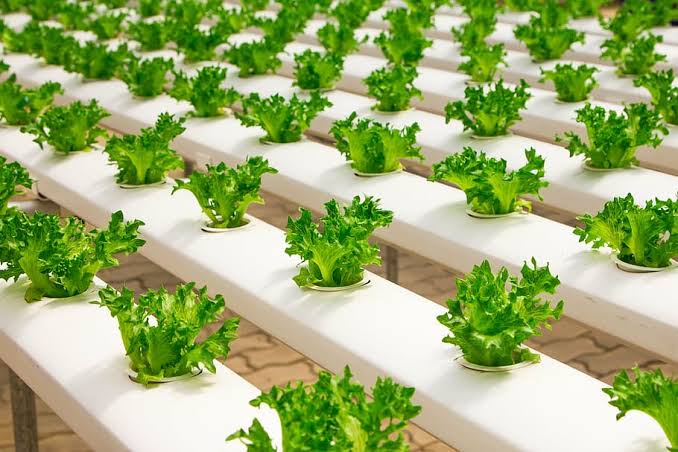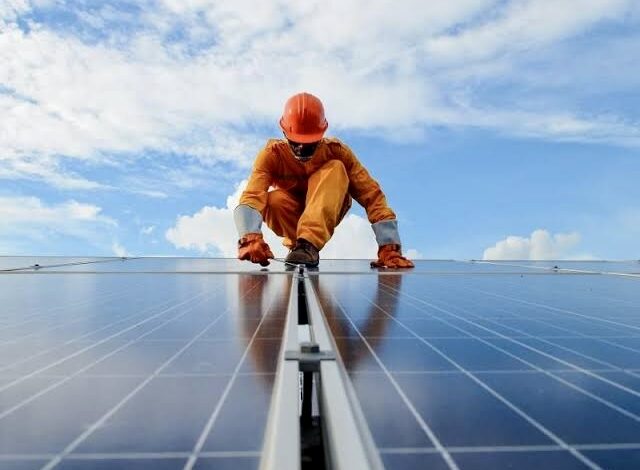
Faith Nyasuguta
Facing water scarcity and dwindling arable land, Egyptians are turning to soilless farming. Despite its promise, experts warn that high initial costs and crop limitations could hinder widespread adoption in the nation.
Soilless agriculture, or hydroponics, entails cultivating plants with nutrient-rich water in controlled environments, bypassing traditional soil. Substrates like sand, gravel, clay, foam, or sponge provide root support. Some systems integrate fish tanks to transfer nutrient-rich waste to water-cultivated plants.
A WWF report in 2020 highlighted that hydroponics, as revealed, uses only 10 percent of the resources needed for traditional cultivation. This not only contributes to a reduction in deforestation but also minimizes pesticide use.
In recent years, several agritech enterprises, including Plug’n’Grow, have emerged in Egypt, championing this innovative form of agriculture.
The UN has reported that Egypt is grappling with an annual water deficit and is expected to be labeled as water-scarce by 2025. This is attributed to climate change and the construction of a dam by Ethiopia on a major tributary of the River Nile, which is Egypt’s primary source of freshwater.
Concurrently, the arable land, comprising less than 5 percent of Egypt, is diminishing due to urbanization, leaving the remaining 95 percent as desert expanses.
Aside from its ecological advantages, hydroponics boasts faster growth and higher yields. Egypt, being one of the world’s largest wheat importers, faces heightened vulnerability to disruptions in wheat supply chains, exemplified by the repercussions of Russia’s invasion of Ukraine on global shocks and increased food insecurity.
Nonetheless, Zayed argues that hydroponics may not be optimally suited for cultivating strategic crops. He highlights that, along with crop limitations, the formidable startup costs present a significant hurdle to the widespread adoption of soilless agriculture.

El Said highlights that the initial capital needed for a commercial hydroponic farm is nearly EGP 3.5 million (over $100,000 USD). Despite these financial challenges, Plug’n’Grow has successfully supported the establishment of approximately 30 soilless ventures, primarily in Egypt, and some in India and Saudi Arabia.
One of Plug’n’Grow’s clients, Ahmed Makady, recognizes the significant startup costs but underscores the profitability of hydroponics. Following his initial hydroponics venture in Upper Egypt, Makady has recently initiated his second hydroponics farm in Al-Qalyubia.
Makady asserts, “It [hydroponics] is characterized by a quick return on investment,” underscoring its greater profitability compared to traditional agriculture. He elaborates that while traditional farming yields three to four tons annually per feddan (a unit of area), hydroponics can generate over 120 tons annually on half a feddan.
Indoor farming, commonly known as “controlled environment agriculture,” employs diverse methods. Vertical farming involves stacking produce from floor to ceiling under artificial lights, with plants growing in nutrient-enriched water. Other approaches encompass large-scale greenhouses, indoor soil beds within expansive warehouses, and the utilization of specialized robots to automate aspects of the farming process.
RELATED:




